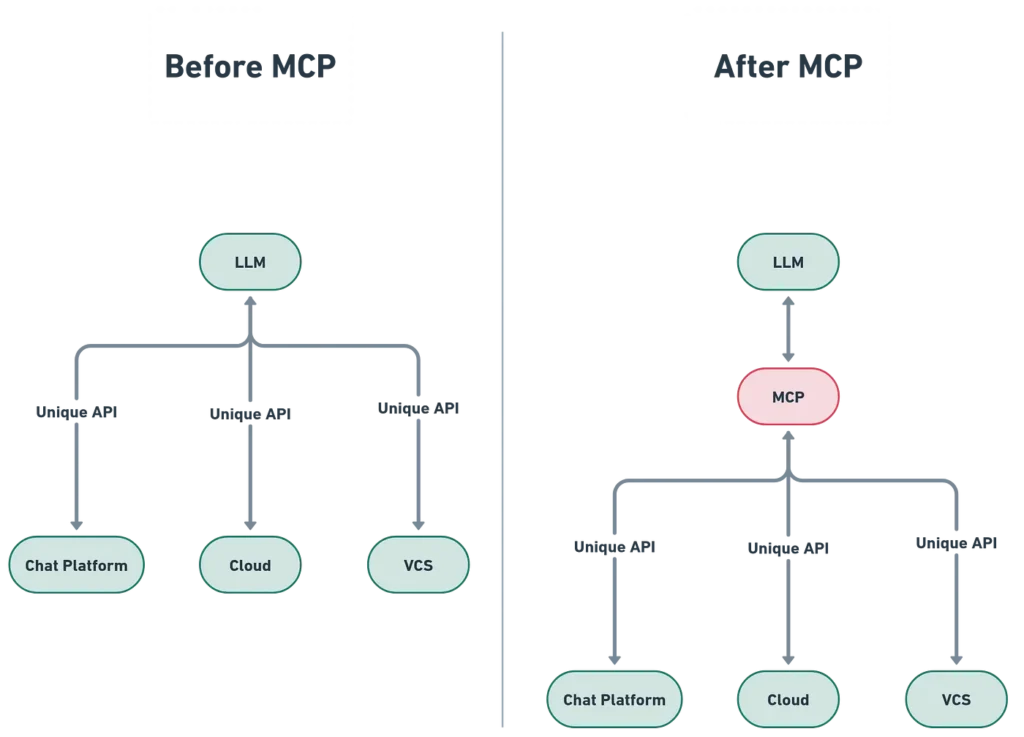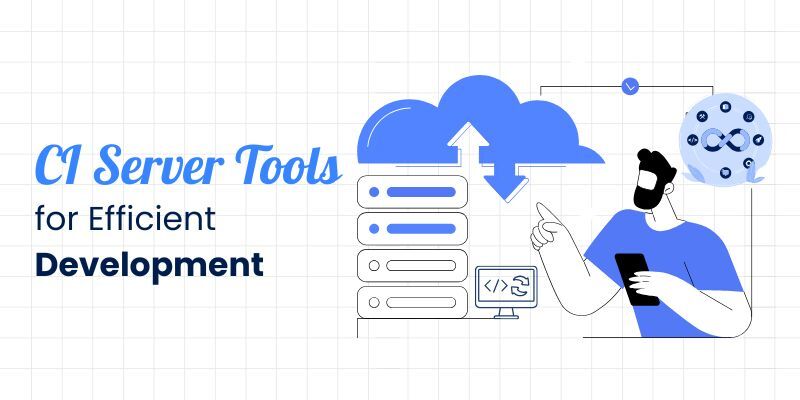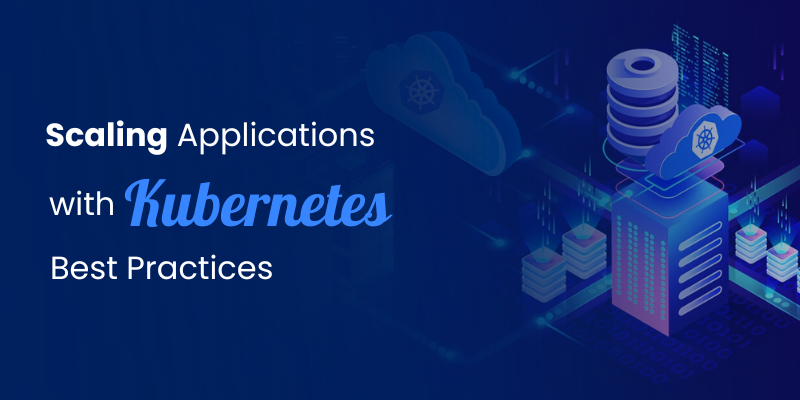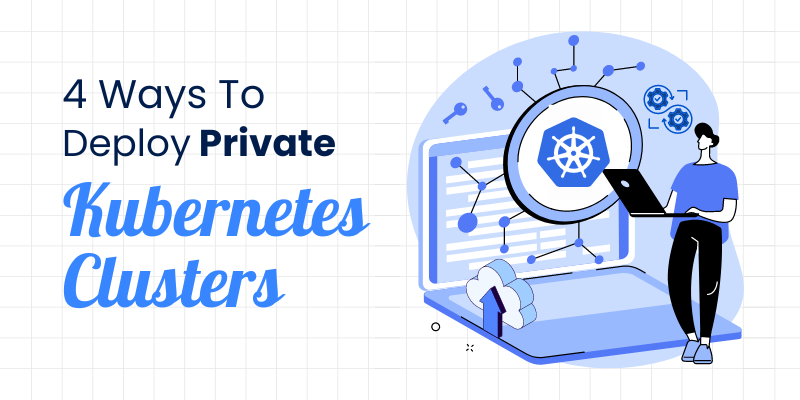
As an AI enthusiast, I’ve observed the remarkable journey from simple chat-based AI tools like ChatGPT, Gemini, DeepSeek etc. to more integrated and sophisticated systems. Over the past few years, these language models have transformed how we interact with AI. Yet, despite their capabilities, these models often remain disconnected from real-world actions and live data. This gap is precisely what the Model Context Protocol (MCP) aims to bridge.
Problem: Limitations of Isolated LLMs
If you’ve interacted with ChatGPT or similar models, you’ve seen their impressive ability to answer questions, write content, and even help with programming tasks. However, you’ve probably also noticed a significant limitation: these models operate primarily on static knowledge obtained during their training. They typically can’t access real-time information, nor can they perform tasks in external systems. They’re brilliant, but fundamentally isolated.
Consider the example of asking ChatGPT for stock market advice. Without access to real-time data, it might provide outdated or overly general responses. Similarly, if you ask a model to perform actions — like sending an email, fetching data from an API, or adjusting your home’s thermostat — it simply can’t because it’s disconnected from external systems.
Introducing Model Context Protocol (MCP)
The Model Context Protocol (MCP) is designed precisely to overcome these limitations. MCP establishes a standardized way for Large Language Models (LLMs) to interact dynamically with external systems and real-world data. Imagine MCP as the “bridge” that seamlessly connects your AI model to databases, APIs, IoT devices, and other actionable services.
Think of MCP as the OpenAPI for AI — where OpenAPI simplified API communications, MCP streamlines the connection between isolated language models and dynamic external resources.
How MCP Works?
At its core, MCP is built around these foundational principles:
- Standardized Communication: MCP defines clear standards and protocols that enable LLMs to easily integrate with diverse external systems without custom integrations for each scenario.
- Real-Time Data Integration: MCP allows models to query and interact with live, dynamic information sources, dramatically enhancing response accuracy and contextual relevance.
- Executable Actions: MCP lets AI models trigger external actions, effectively allowing them to perform real-world tasks — like initiating workflows, retrieving current stock prices, or adjusting home automation settings.
A MUST READ – Why Modern Enterprises Need a Secure Software Supply Chain Strategy
Why MCP Matters?
You might ask, “Why can’t we continue with current methods like RAG (Retrieval-Augmented Generation)?” RAG, while powerful, primarily focuses on providing models with contextually relevant data from static or predefined sources, doesn’t inherently support direct interactions or dynamic actions. MCP fills this gap by allowing models not just to fetch information, but to act upon it directly.
Practical Applications of MCP
Let’s look at real-world scenarios:
- Customer Service: An AI model integrated via MCP can access customer records in real-time, manage support tickets, and execute specific tasks directly in customer relationship management (CRM) systems.
- Financial Advising: Models connected through MCP can fetch real-time market data, analyze trends instantly, and provide precise, actionable investment advice.
- Smart Home Automation: Imagine your AI assistant not only suggesting a comfortable room temperature but actively adjusting your thermostat based on your spoken command and real-time weather conditions.
The Future of AI Integration with MCP
Adopting MCP can significantly standardise AI development and deployment across various industries. By providing a common framework, MCP reduces complexity, accelerates integration, and improves overall AI efficiency and functionality.
In the future, we can see MCP adoption leading to:
- Cross-Industry Standards: Simplifying AI integration across diverse sectors, reducing cost and complexity.
- Increased Security and Privacy: Built-in protocols within MCP can enhance secure communication and safeguard sensitive data exchanges.
- Accessibility and Democratization: MCP could enable smaller businesses and individual developers to harness advanced AI capabilities without needing extensive custom infrastructure.
Conclusion
Transitioning from isolated language models to fully integrated AI systems through MCP represents a significant milestone. MCP is not merely an incremental update — it’s a fundamental transformation in how we conceive, develop, and utilize AI. As we continue to push the boundaries of what AI can achieve, adopting standards like MCP becomes essential. It’s an exciting leap forward, connecting AI directly to the real world, enhancing both its capabilities and practical relevance.
For further understanding about MCP, please visit https://modelcontextprotocol.io/




